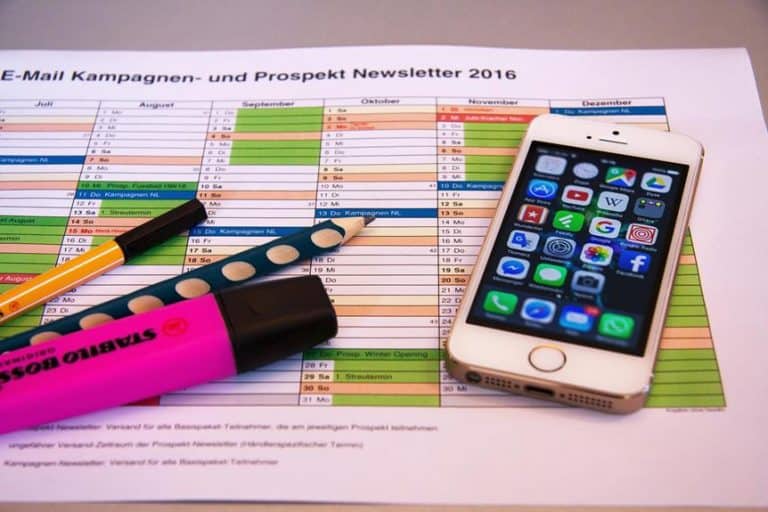Autism Handwriting Strategies
As someone exploring autism handwriting strategies, I've often wondered about the impact of sensory integration techniques on improving fine motor skills for individuals facing challenges in this area.
The relationship between sensory experiences and handwriting abilities is fascinating, opening up a world of possibilities for enhancing communication and educational progress.
By unraveling the intricacies of this connection, we may discover innovative ways to support individuals with autism in developing their handwriting skills.
Key Takeaways
- Utilize visual planners to structure thoughts effectively.
- Implement sensory tools like pencil grips for improved control.
- Integrate assistive technology to enhance productivity.
- Break tasks into manageable steps to prevent overwhelm.
Understanding Autism Handwriting Challenges

Understanding the challenges autistic individuals face with handwriting involves recognizing the complex interplay of fine motor skills, organization difficulties, and the struggle to translate thoughts onto paper. For children with autism, writing can be a particularly intimidating task as it requires not only physical dexterity but also cognitive coordination. Handwriting skills are essential for communication, academic success, and overall self-expression. Many children with autism may encounter obstacles in this area, leading to frustration and hindered progress in other areas of development.
Improving handwriting in individuals with autism goes beyond just forming letters correctly. It involves teaching them how to hold a pencil properly, control hand movements, and maintain focus on the task at hand. Communication skills are closely tied to writing abilities, making it essential to address these challenges early on. By implementing strategies like hand exercises, grip training, and visual organization tools, significant progress can be made in enhancing the handwriting skills of children with autism. Effective teaching methods tailored to their specific needs can pave the way for improved communication and overall academic success.
Fine Motor Skill Development

Exploring the world of autism handwriting challenges requires a focused approach on fine motor skill development to enhance pen or pencil control and precision in writing.
In individuals with autism, fine motor skills play a critical role in improving handwriting. Activities such as gripping tools, hand exercises, and finger writing can help enhance these skills. Strengthening hand muscles through various exercises is key to achieving better pen or pencil control.
Tools like pencil grips and kinetic sand can also aid in fine motor skill development. These interventions not only improve fine motor skills but also contribute to more precise writing and overall handwriting enhancement in individuals with autism.
Sensory Integration Techniques

Through sensory integration techniques, we enhance children's handwriting skills by providing supportive sensory input for processing and organizing information in autism. Sensory integration techniques play an important role in helping children with autism spectrum disorders develop their motor skills and improve their handwriting abilities.
Here are some key ways these techniques can benefit children:
- Regulating sensory experiences: By regulating sensory input, children can enhance their attention and focus during handwriting tasks.
- Enhancing learning: Sensory integration techniques can help children better process information, leading to improved learning outcomes.
- Improving engagement: Using sensory tools like weighted tools and tactile materials can promote engagement in writing activities.
- Preparing for tasks: Sensory activities such as movement breaks can calm or alert the nervous system, preparing children for writing tasks effectively.
Visual Supports for Handwriting

Utilizing visual supports is an essential strategy in assisting children with autism to enhance their handwriting skills. Visual aids such as graphic organizers play a critical role in helping children with autism organize their thoughts before writing, making the task more manageable and structured. Diagrams and pictures are valuable tools that can aid in breaking down writing tasks into smaller, more understandable components for children with autism, facilitating their comprehension and execution.
Additionally, visual timers serve as effective tools in managing writing sessions for children with autism, helping them stay on track and make the most of their time. Visual prompts are another powerful resource that can keep children engaged and focused during handwriting activities, ensuring they remain motivated and attentive throughout the task.
Also, tailoring sensory activities to suit individual preferences can significantly enhance the engagement of children with autism in handwriting tasks, making the learning experience more enjoyable and effective. By incorporating these visual supports, children with autism can develop and improve their handwriting skills while staying actively involved and interested in the process.
Implementing Effective Strategies

To effectively support children with autism in improving their handwriting skills, incorporating a range of tailored strategies is essential. When teaching children with autism, it's important to understand that they may show specific handwriting impairments that require specialized interventions. To enhance handwriting performance, consider the following strategies:
- Utilize Visual Planners: Implement visual planners like graphic organizers to aid in structuring thoughts and organizing writing tasks effectively.
- Sensory Tools: Use sensory tools such as pencil grips to minimize sensory issues and improve handwriting control.
- Assistive Technology: Incorporate assistive technology like word processors and word prediction software to support writing tasks and enhance productivity.
- Break Down Tasks: Break down the writing process into small, manageable steps to prevent overwhelm and facilitate gradual progress.
Frequently Asked Questions
What Is the Handwriting Intervention for Autism?
Improving handwriting skills involves sensory exercises, visual aids, and fine motor skill development. Occupational therapy, handwriting tools, and behavior management are vital. Multisensory techniques and executive functioning support enhance writing abilities, benefiting individuals with autism.
How Can I Improve My Child's Handwriting With Autism?
To improve my child's handwriting with autism, I focus on sensory integration, motor skills, and visual supports. I practice fine motor exercises, use a multisensory approach, and provide individualized occupational therapy. Patience and tracking progress are key.
How Can I Help My Autistic Student With Writing?
To help my autistic student with writing, I incorporate sensory accommodations and visual prompts. I focus on motor planning and fine motor skills, using adaptive tools like pencil grips. Occupational therapy and handwriting support, along with communication support and social stories, aid in task breakdown. Multi-sensory techniques, hand strengthening, and self-regulation strategies, coupled with positive reinforcement, create a supportive learning environment.
What Does Autistic Handwriting Look Like?
Autistic handwriting presents with irregular spacing, inconsistent sizing, and poor letter formation. Grip strength and coordination challenges affect legibility. Sensory sensitivities and motor planning difficulties contribute to variations in pressure control and baseline maintenance.
Conclusion
As I navigate the intricate world of autism handwriting strategies, I've come to realize that each stroke of the pen is like a delicate dance of progress and perseverance.
By embracing the power of customized approaches and sensory support, I can reveal the hidden potential within each written word.
Like a symphony conductor guiding his orchestra, I orchestrate the harmony between mind and hand, creating a masterpiece of communication and self-expression.
The journey may be challenging, but the destination is worth every effort.







